Consejos de atletas: ¿cómo empezar bien la temporada de trail running?
Nos complace y enorgullece presentar "NÄAK TIPS", nuestra nueva serie de artículos en los que nuestros atletas profesionales comparten sus consejos y experiencia contigo para que tú también puedas alcanzar tus objetivos el Día D.
En esta primera edición te presentamos a Manon Bohard - ganadora de la TDS y 3ª en los últimos Campeonatos del Mundo de Trail - y a Sylvain Cachard - campeón de Europa de carreras de montaña y plusmarquista francés de la mítica Sierra-Zinal. Ellos te darán las claves del éxito en tu primera carrera de la temporada. Para ello, describen su preparación para la que será su carrera de vuelta al cole: los Campeonatos de Francia de Trail, el 7 de abril. Hablarán de su "entrenamiento visceral", detallarán su plan de nutrición para esta prueba y explicarán cómo nuestros nuevos geles energéticos son los aliados perfectos para esfuerzos cortos de tipo trail.
¿Cómo preparar y afrontar tu primera carrera de la temporada?¿Qué consejos dar para volver con éxito a las carreras cortas de trail? ¿Qué es un buen "entrenamiento visceral"? ¿Por qué nuestros nuevos geles energéticos marcarán un antes y un después en el mercado y en tus planes de nutrición? ¡Todas las respuestas están en este primer capítulo de nuestra nueva serie 'NÄAK TIPS'!

CONSEJOS DE TRAIL Nº 1 : "APROVECHA LA PREPARACIÓN INVERNAL PARA TRABAJAR TUS PUNTOS DÉBILES O ALCANZAR HITOS".
Sylvain Cachard : "Hay casi tantas maneras de gestionar tu preparación invernal como corredores, ya que cada uno tiene sus pequeños hábitos y trucos. Personalmente, no hago mucho trail running en invierno. Alterno los 'opuestos', es decir, salidas largas y de baja intensidad de esquí de montaña o de esquí de fondo combinadas con un bloque de entrenamiento de fondo, una disciplina tradicional del running, donde trabajo a muy alta intensidad.A esto añado algo de ciclismo indoor en el home trainer y ciclos de entrenamiento de fuerza específicos. La idea es regenerarme mentalmente y sentar unas bases sólidas para toda la temporada, desarrollando las cualidades específicas que voy a necesitar: resistencia y velocidad.
Manon Bohard : “I'd planned to have a studious winter on cross-country skis - with the FKT attempt at the Grande Traversée du Jura in mind - but the lack of snow meant otherwise.So I adapted and decided to take advantage of this period to develop a quality that is sometimes lacking in the ultra-trail runner that I am: speed. Why?Not necessarily to win sprints! More to improve my running economy, enhance my stride... This weekend, I’ll be pinning a bib on for the Nuits-Saint-Georges half marathon to see how much progress I've made."
“The idea is to mentally regenerate and lay solid foundations for the entire season, by developing the specific qualities I will need: endurance and speed.”

TRAIL-TIPS #2 : “CHOOSING THE RIGHT TRAIL RACE FOR A COMEBACK”
Sylvain Cachard :“For me, a good comeback race must meet two fundamental characteristics. Firstly, it has to be consistent with the winter preparation. I know, for example, that coming out of winter, I haven't racked up many kilometers on trails, and I haven't yet prepared my legs for the eccentric effort of downhill running. For purely physical and athletic reasons, I will opt for a short and rolling comeback trail, with no more than one descent. Then, from a more psychological perspective, this comeback race must really spark desire and pleasure. To create the excitement of seeing the results in spring after a focused winter training. It's also a chance to catch up with the community and friends. With the curiosity to see who passed a milestone, who is struggling... We replay the same game as the previous year but reshuffle the cards! The French Trail Championships in Drôme on April 7th meet all these criteria: I grew up in a neighboring region, on almost identical trails. Technical singles with strong relaunches! ”
Manon Bohard : “The right comeback race is the one that acts as a motivation booster to work on your weaknesses all winter. That's how I see these French Championships : as a goal to validate this speed cycle, which is supposed to help me later on, for ultra-trail, on those rolling sections that I don’t like so much. So I really recommend that you put a first goal in your calendar that will give you enough energy and motivation to keep you hot and bothered throughout your winter preparation. Even if it takes you out of your comfort zone!”
“For purely physical and athletic reasons, I will opt for a short and rolling comeback trail, with no more than one descent.”
“The right comeback race is the one that acts as a motivation booster to work on your weaknesses all winter.”

TRAIL-TIPS #3 : “DON'T SET THE WRONG GOAL”
Manon Bohard : “I see the first goal of the season as a means rather than an end. A final tuning session that will give me the opportunity to make some crucial adjustments. My goal is to be ready by the end of the summer, for the UTMB - Diagonale des Fous combination. Not before! Mentally, if I want to keep my energy for this summer, I must not over-commit myself or put myself under too much pressure for these French Championships. I don't expect to excel: I see it as a game to challenge myself and validate a cycle. So it's about going all out, giving it everything, while maintaining this sense of perspective before, during, and after the race: it's an important checkpoint, nothing more!”
Sylvain Cachard : “I build my seasons around two main objectives. Before each of these major objectives, I plan a major training cycle, with a real break in between. I want to get to these two races at my peak form, at my best possible level.This implies a gradual build-up, which leads me to approach the preparations races with more perspective. For 2024, I'm focusing on the European Mountain Running Championships in Annecy in early June, and Sierre-Zinal in mid-August. The French Trail Championships are therefore a step in the process, a checkpoint: I will give my best while knowing that I won't be at 100%.”
“My goal is to be ready by the end of the summer, for the UTMB - Diagonale des Fous combination. Not before! Mentally, if I want to keep my energy for this summer, I must not over-commit myself or put myself under too much pressure for these French Championships.”

TRAIL-TIPS #4 : “PRACTISING TO GUT TRAINING”
Manon Bohard : “I am a dietitian-nutritionist by profession, yet nutrition during races is my weak point. I apply in competition the same philosophy I advocate for my patients in everyday life: waiting until I'm hungry to eat and thirsty to drink.Unfortunately, when practicing a sport at a high level, this approach doesn't work. Energy is quickly consumed, especially during intense efforts such as the French Trail Championships. My gut sensitivity means that digestive issues arise as soon as I exceed a certain amount of ingested carbohydrates.I don't consider it as inevitable, and I strive to improve. I train my gut like I train my other muscles. It's what we call 'gut training'. Since I started collaborating with Näak, I have fewer digestive issues. Probably because their products are made up of a clever combination of complex carbohydrates and not just glucose.”
“I train my gut like I train my other muscles. It's what we call 'gut training'. Since I started collaborating with Näak, I have fewer digestive issues.”
TRAIL-TIPS #5 : “SET OPERATIONAL NUTRITION OBJECTIVES FOR EACH TRAINING SESSION."
Manon Bohard : “At this time of year, leading up to the first goal, my 'gut training' is very exploratory. I test and try to validate as many new products and nutrition strategies as possible, whether it's before, during, or after training, focusing on recovery. I turn these nutrition tests into concrete operational objectives for each training session. This adds an additional, almost playful, interest to the session, even if it's just a routine run. For example, this morning, I did a flat session at marathon pace. My nutritional goal was to finish my flask ofDrink Mix within a set time. Recently, I also compared the long runs where I start fasting in order to consume a significant amount of food from the second hour with those I begin after a hearty breakfast. I approach this 'gut training' as a game and derive many lessons from it.”
“I turn these nutrition tests into concrete operational objectives for each training session.”
“I approach this 'gut training' as a game and derive many lessons from it.”

TRAIL-TIPS #6 : “ADAPTING YOUR NUTRITION TO THE SPECIFICITIES OF A SHORT EFFORT USING ENERGY GELS”
Sylvain Cachard : “Short trail running is an intense and specific form of exercise that deserves perfectly adapted nutrition if you want to maximize your potential. The singularities are numerous. Firstly, the effort is so intense that you hyper-ventilate - which dries out your throat - and swallow very little: the combination of the two makes it impossible to chew and very difficult to swallow. Secondly, to sustain the intensity of the effort, our bodies require a very high carbohydrate intake, via products with a high energy density, i.e. products that provide maximum energy in a minimum number of intakes. The Näak teams heard these specific needs and suggested that we work together on a range ofenergy gels.This relationship of trust and closeness that we maintain is very fulfilling: I discover my body at the same time as I develop products that seem ideal for performing behind. After several months of collaboration, I believe we can confidently say that we have designed energy gels that perfectly meet the characteristics of short trail running in terms of digestibility and energy density (27g of carbohydrates per energy gel).”
“Short trail running is an intense and specific form of exercise that deserves perfectly adapted nutrition if you want to maximize your potential.”
“After several months of collaboration, I believe we can confidently say that we have designed energy gels that perfectly meet the characteristics of short trail running in terms of digestibility and energy density (27g of carbohydrates per energy gel).”
TRAIL-TIPS #7 : “STABILIZING BLOOD SUGAR LEVELS BY ADOPTING A MICRONUTRITION STRATEGY"
Sylvain Cachard : “For short efforts, I prefer a liquid carbohydrate intake, via theDrink Mix in my flasks. I hydrate with small sips every 10 minutes: this helps to stabilize blood sugar levels - without risking spikes - through smaller but more regular energy intakes. I also adapt the dose of these Drink Mixes to the temperature and humidity conditions. If it's hot, I start with 30g of carbohydrates per flask, which is approximately 40g of Drink Mix. If it's cold or mild, I increase it to 40 or 50g of carbohydrates per flask, which is 65 or 70g of energy drink.”
“I hydrate with small sips every 10 minutes: this helps to stabilize blood sugar levels - without risking spikes - through smaller but more regular energy intakes.”

TRAIL-TIPS #8 :“PRIORITIZE ENERGY GELS COMPOSED OF A COMBINATION OF CARBOHYDRATES"
Manon Bohard : “As I mentioned, nutrition during exercise is a weak point that I am conscientiously working on to improve. One of the keys to minimizing the digestive issues I regularly suffered from is the composition of energy products: I assimilate Gels, Purés, Bars, or Waffles much better when their carbohydrate sources are varied - including long and complex carbohydrates, fructose, and glucose - rather than only glucose. In this regard, Näak has, in my opinion, a leading edge due to the diversity and balance of simple or complex sugars that make up their products.*”
“I assimilate gels, purees, bars, or waffles much better when their carbohydrate sources are varied - including long and complex carbohydrates, fructose, and glucose - rather than only glucose.”
TRAIL-TIPS #9 : "MANAGE YOUR SHARPENING"
Sylvain Cachard : "Like winter preparation, sharpening up, in other words the short period of regeneration that precedes a race, is very personal. The idea is to find what works for you so that you show up to the race well rested and alert. Personally, I try to stay active, to maintain a real level of activity, because my body is used to exercising every day, and it falls into a kind of lethargy if I deprive it of kilometers. So, the week before a race, I reduce my training load by about 30%, to around 10-12 hours per week.Before the French Championships, my program will probably be as follows: short and easy endurance runs or bike rides at the beginning of the week; a reminder of race paces uphill and on flat terrain D-3; complete rest D-2; and finally, a 45-minute jog with some accelerations the day before the race.”
“So, the week before a race, I reduce my training load by about 30%, to around 10-12 hours per week.”

TRAIL-TIPS #10 : “TAKING A BREAK AFTER THE FIRST GOAL, EVEN IF IT’S A SHORT TRAIL”
Sylvain Cachard :"Whatever happens during this first race of the season, I recommend giving yourself a short break afterward. It's easy to say, harder to do. I've paid the price for it myself in the past. Frustrated by the result, I started training again a bit too hard, and a bit too quickly. I then paid for it over the season. Indulgence and taking a step back will therefore be necessary after the French Trail Championships. I've also planned a very 'light' week after the race: 3 or 4 days of complete rest, then a very smooth and gradual return to training, without intensity, for the next 7 days. I think this break is absolutely crucial for physical and mental well-being. Of course, we get out of training fairly quickly, but afterwards we come back even stronger and more motivated: it's about taking one step backwards and then taking two steps forwards.
“Frustrated by the result, I started training again a bit too hard, and a bit too quickly. I then paid for it over the season.”
"BONUS: OUR CHAMPIONS' BREAKFAST BEFORE THE FRENCH TRAIL CHAMPIONSHIPS"
- A coffee
- A pancake made with 2 eggs, 1 banana, oat flakes, and 1 spoon of Näak protein nut butter (product link), cooked in a pan
- A very strong coffee 15 minutes before breakfast
- A yogurt with applesauce or half a banana
- A bowl of basmati rice with 2 fried eggs, turmeric, pepper, and a little salt
* Our energy gel contains 27g of carbohydrates, including :
- 14g from simple & fast sugars (7g fructose & 7g glucose) thanks to maple syrup.
- 13g from longer, more complex carbohydrates (11g maltodextrin & 2g sunflower).








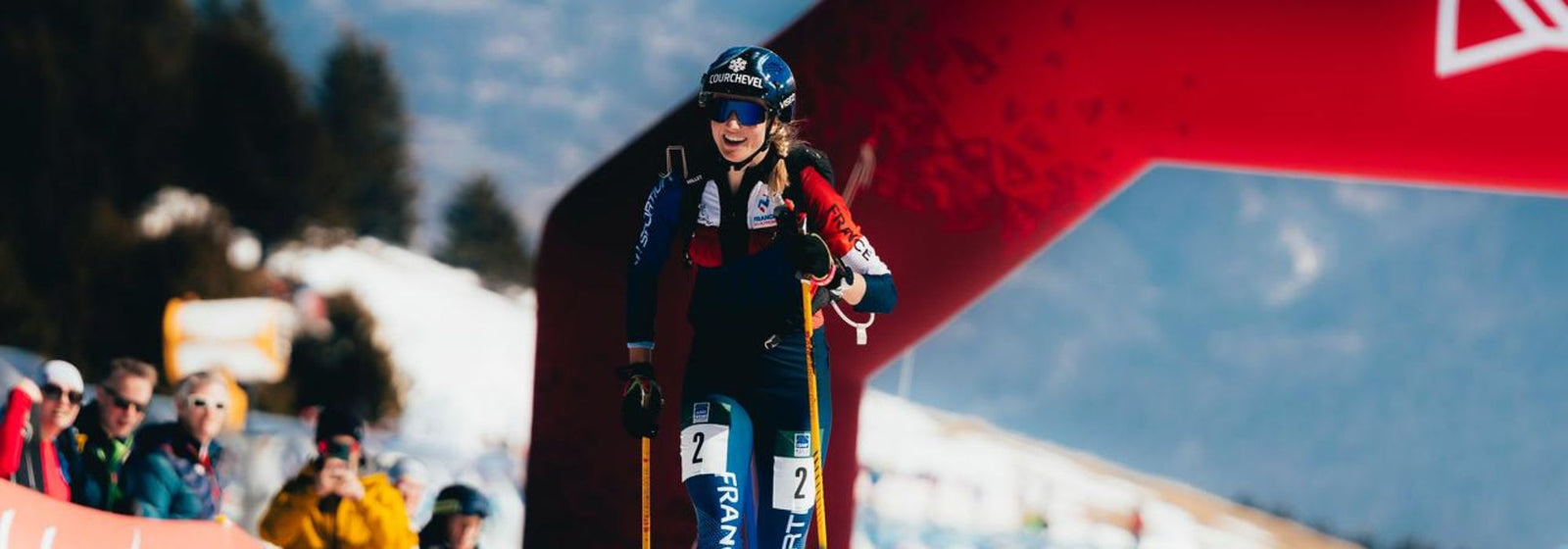


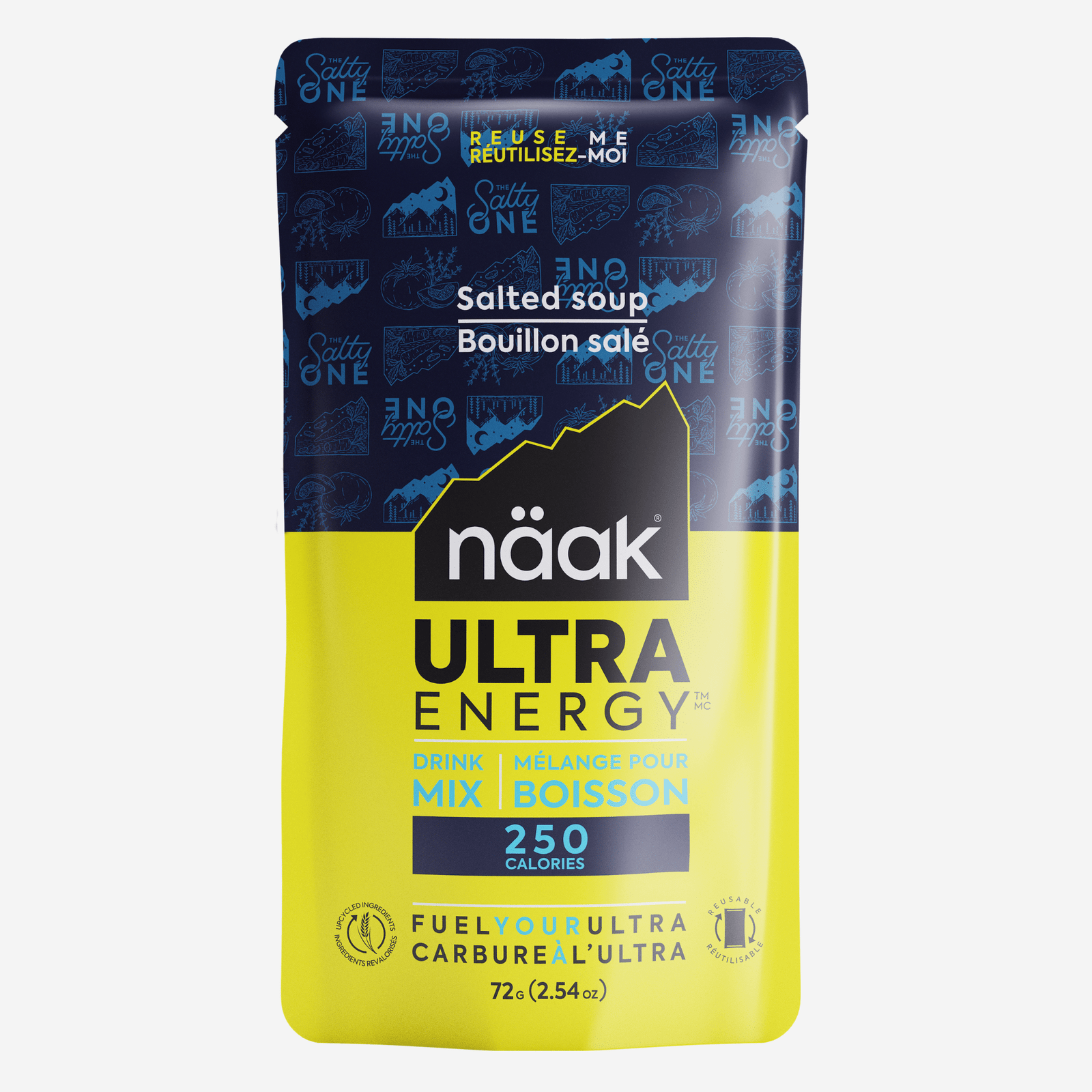
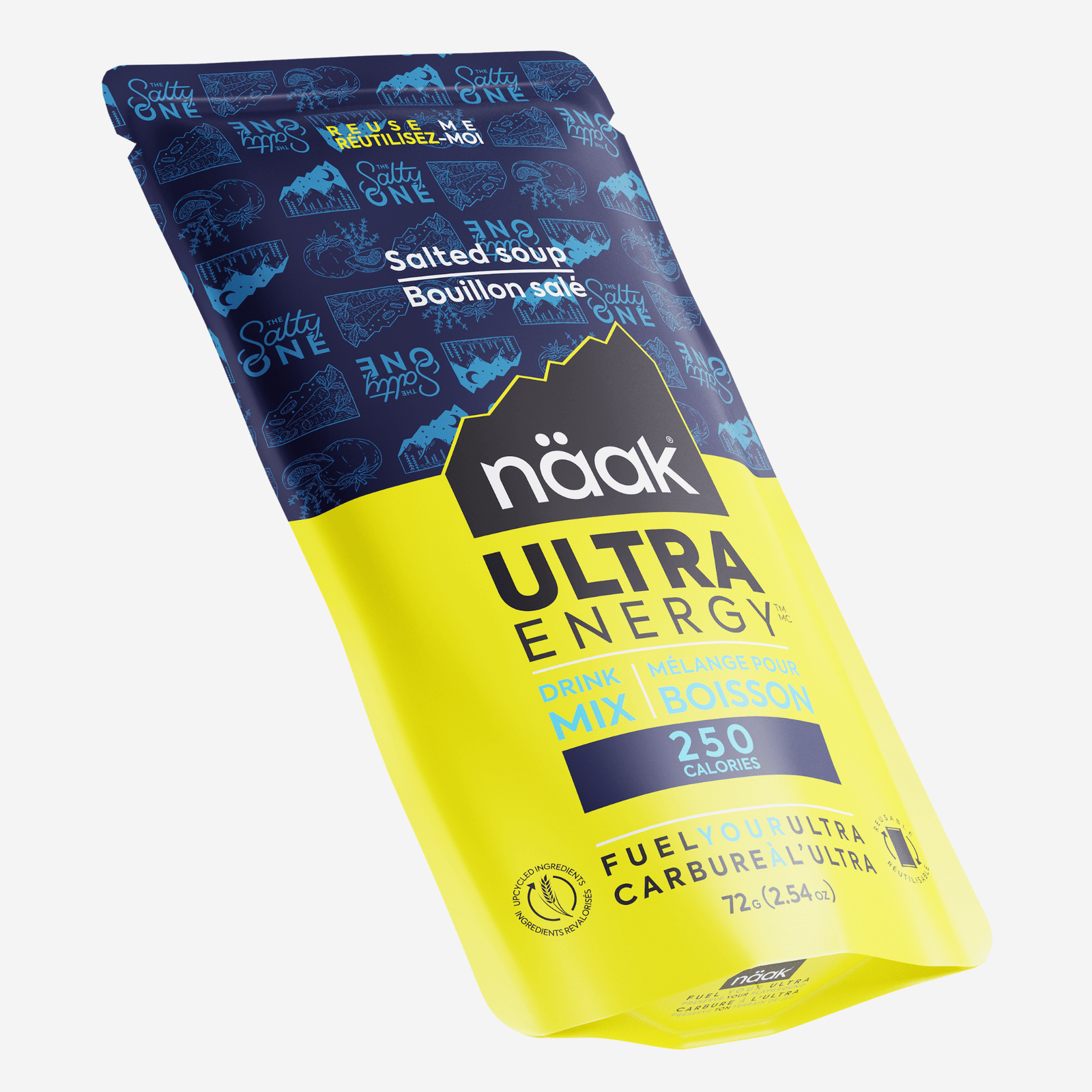

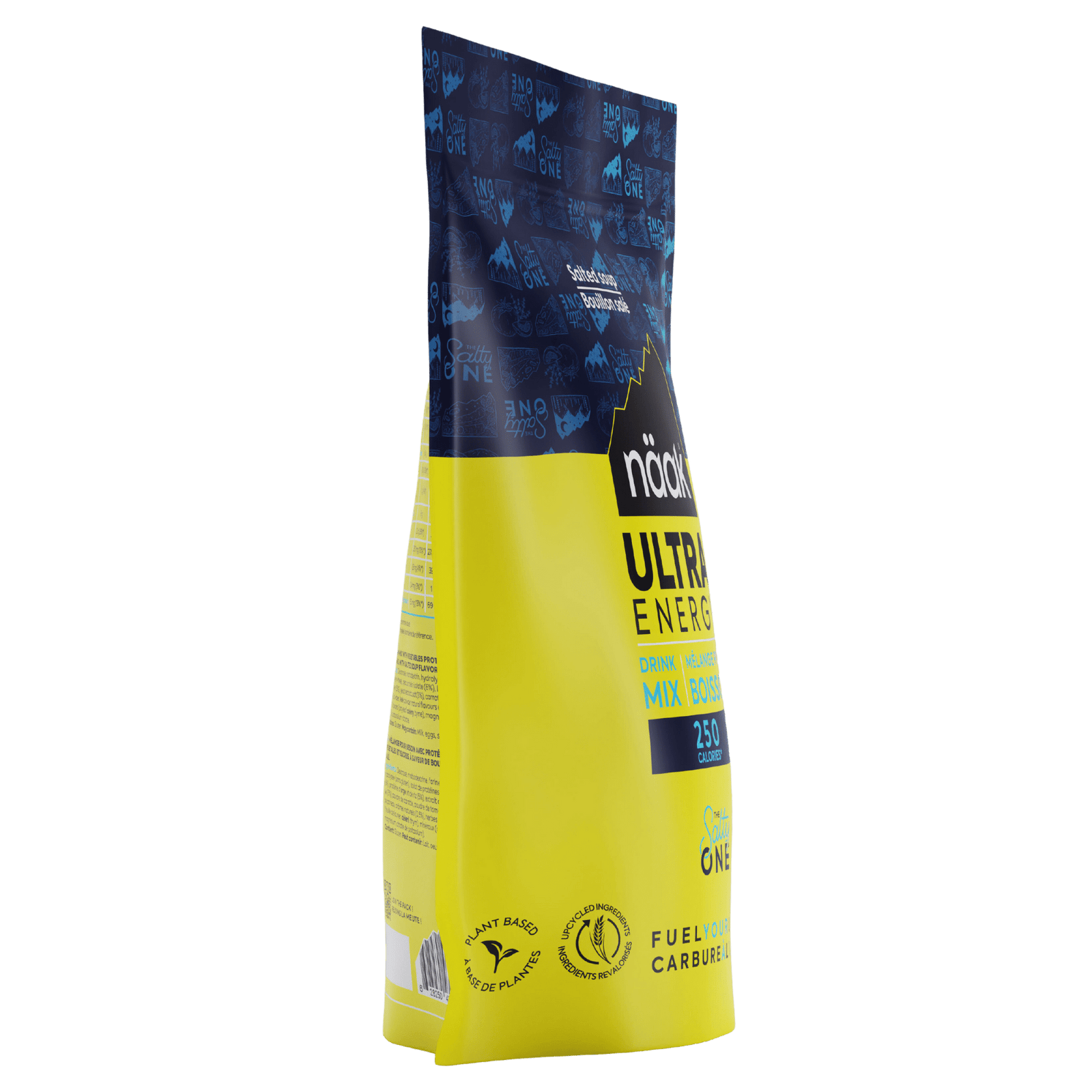
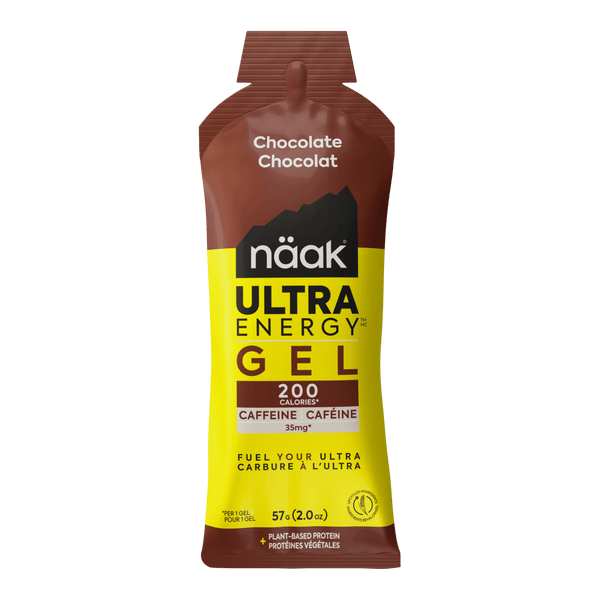
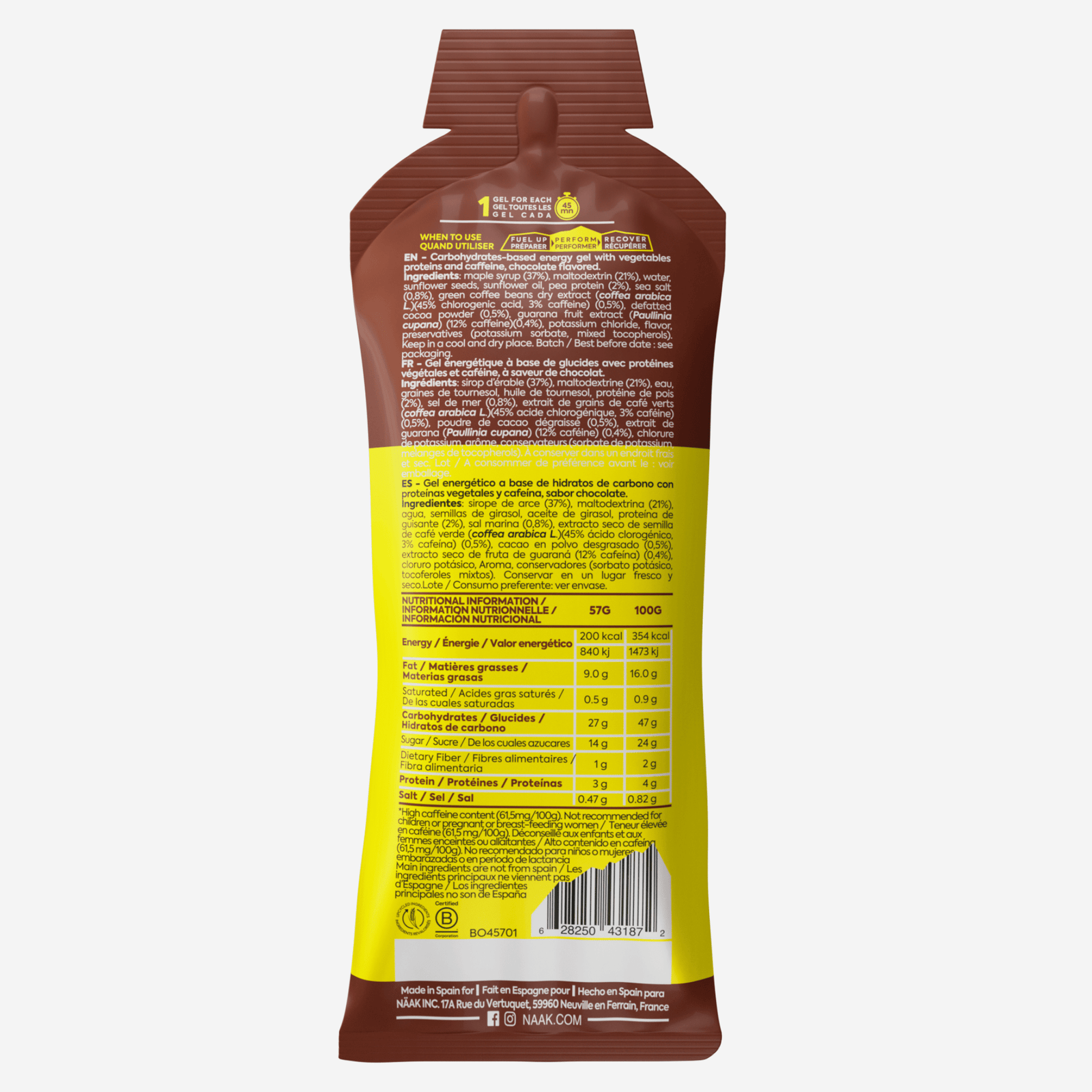


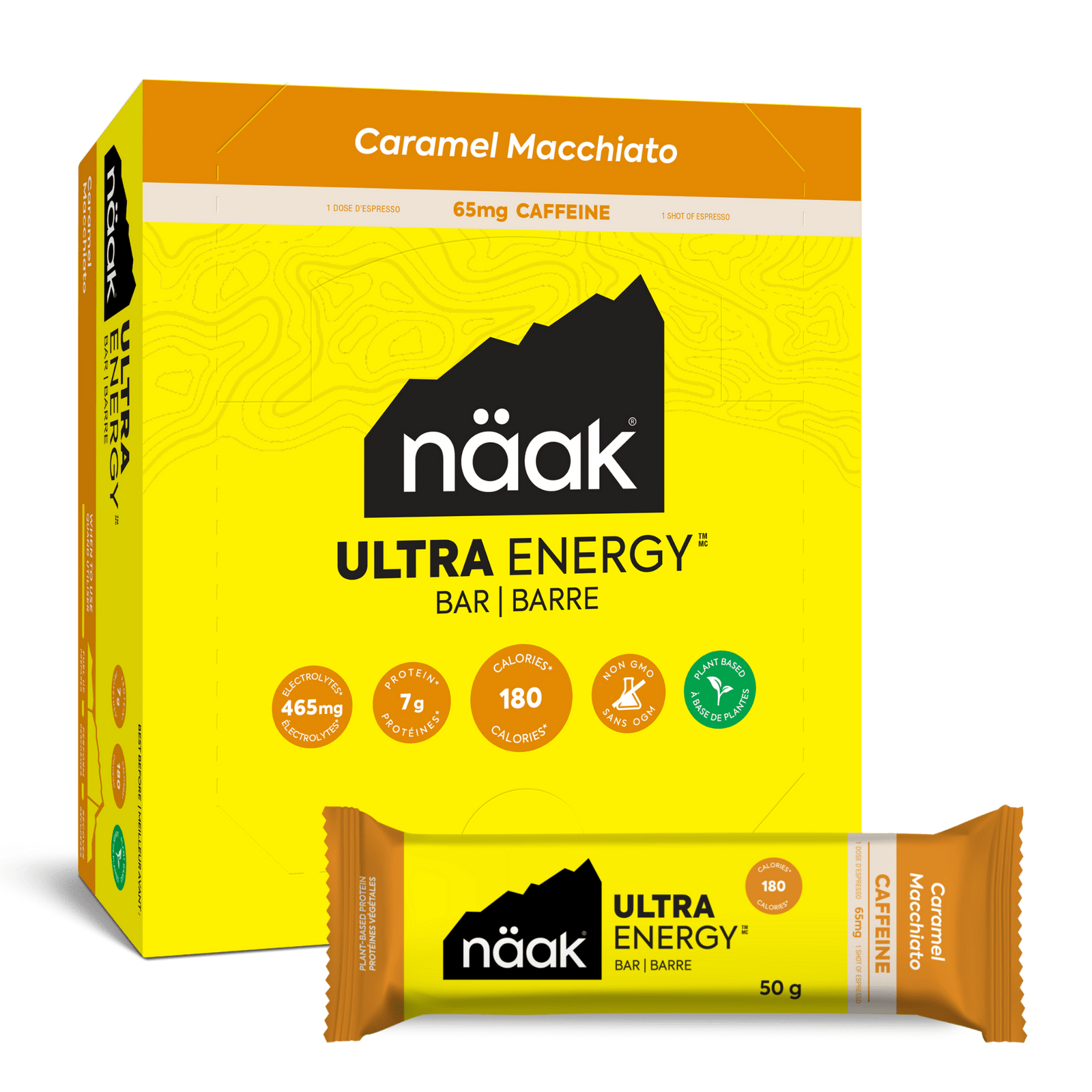



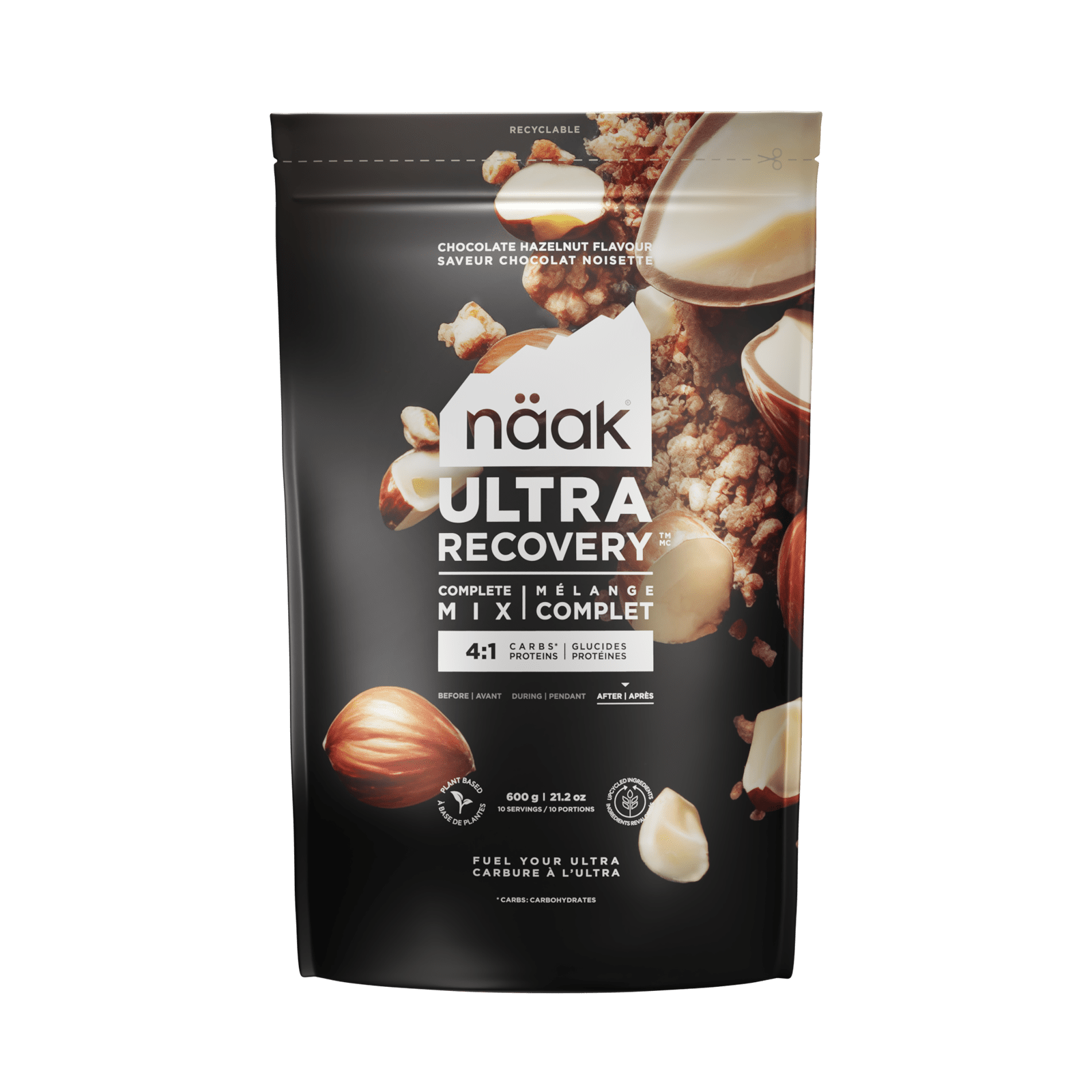

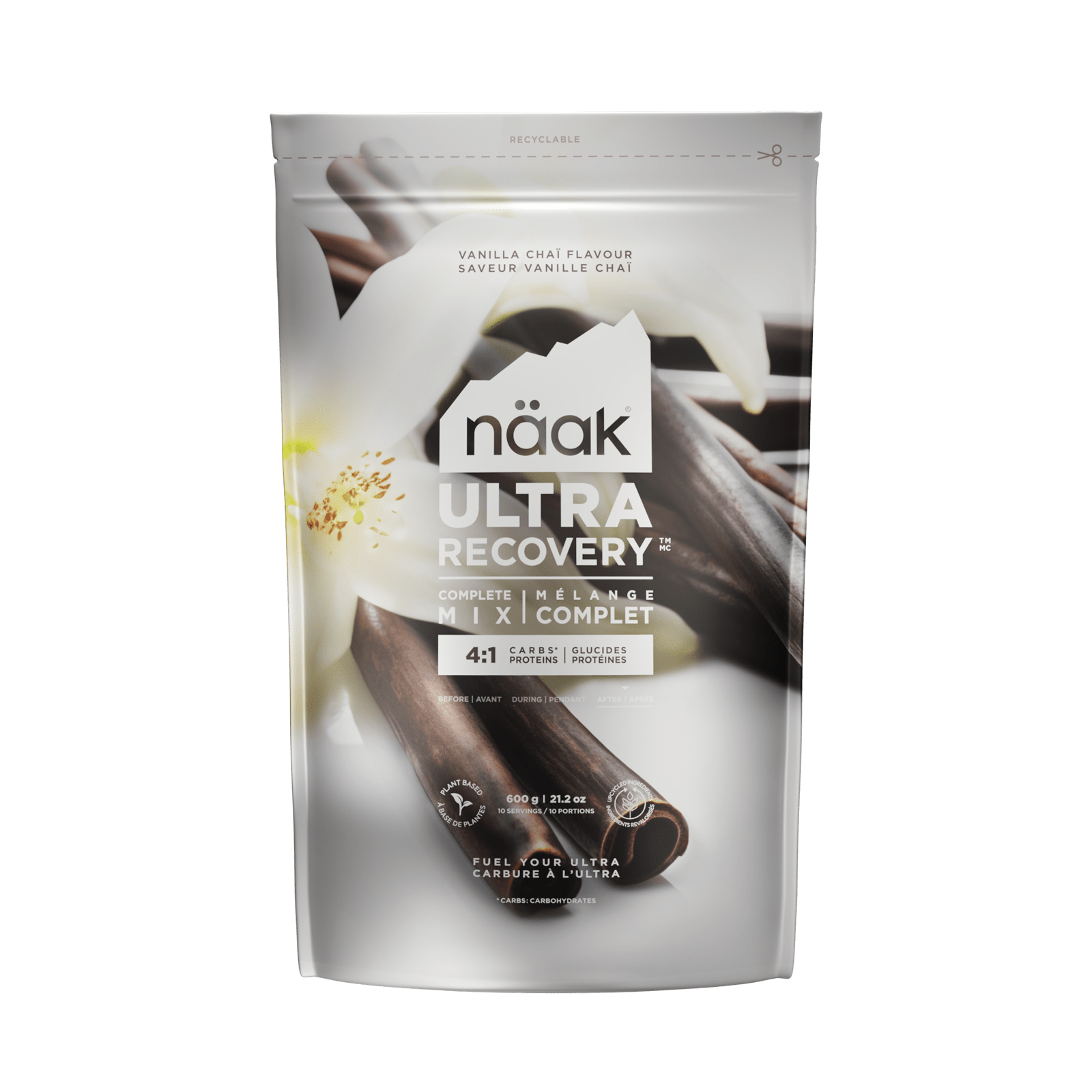
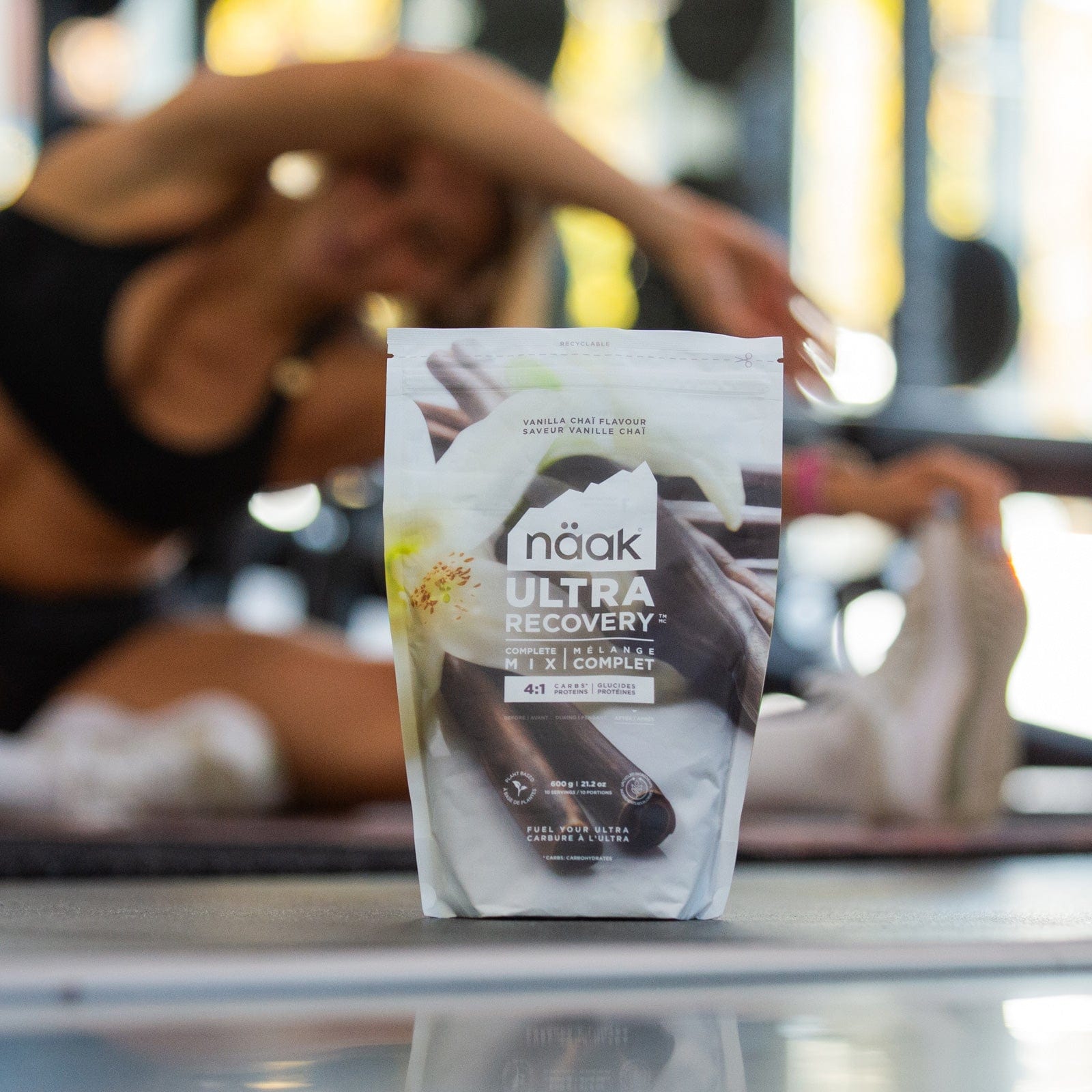
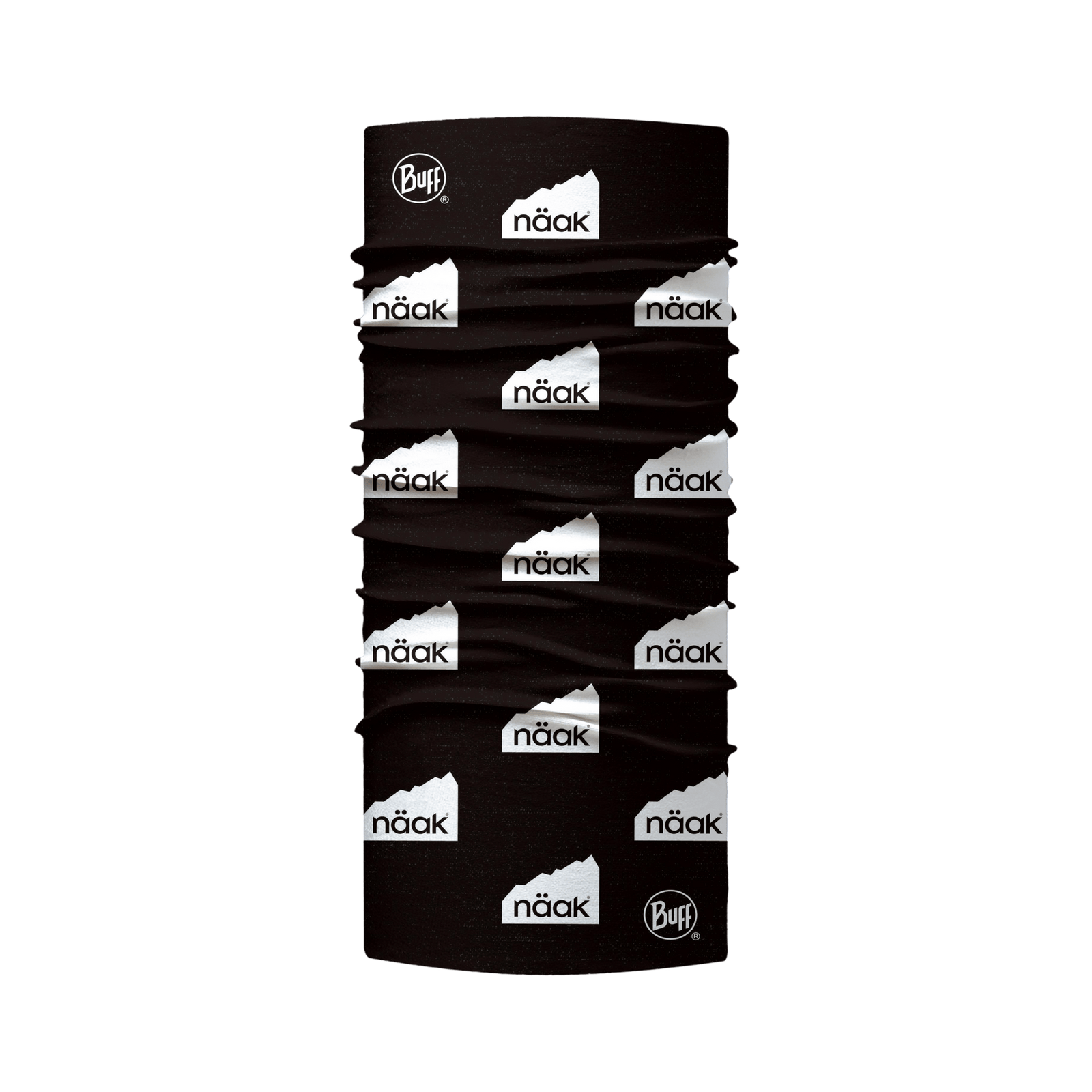
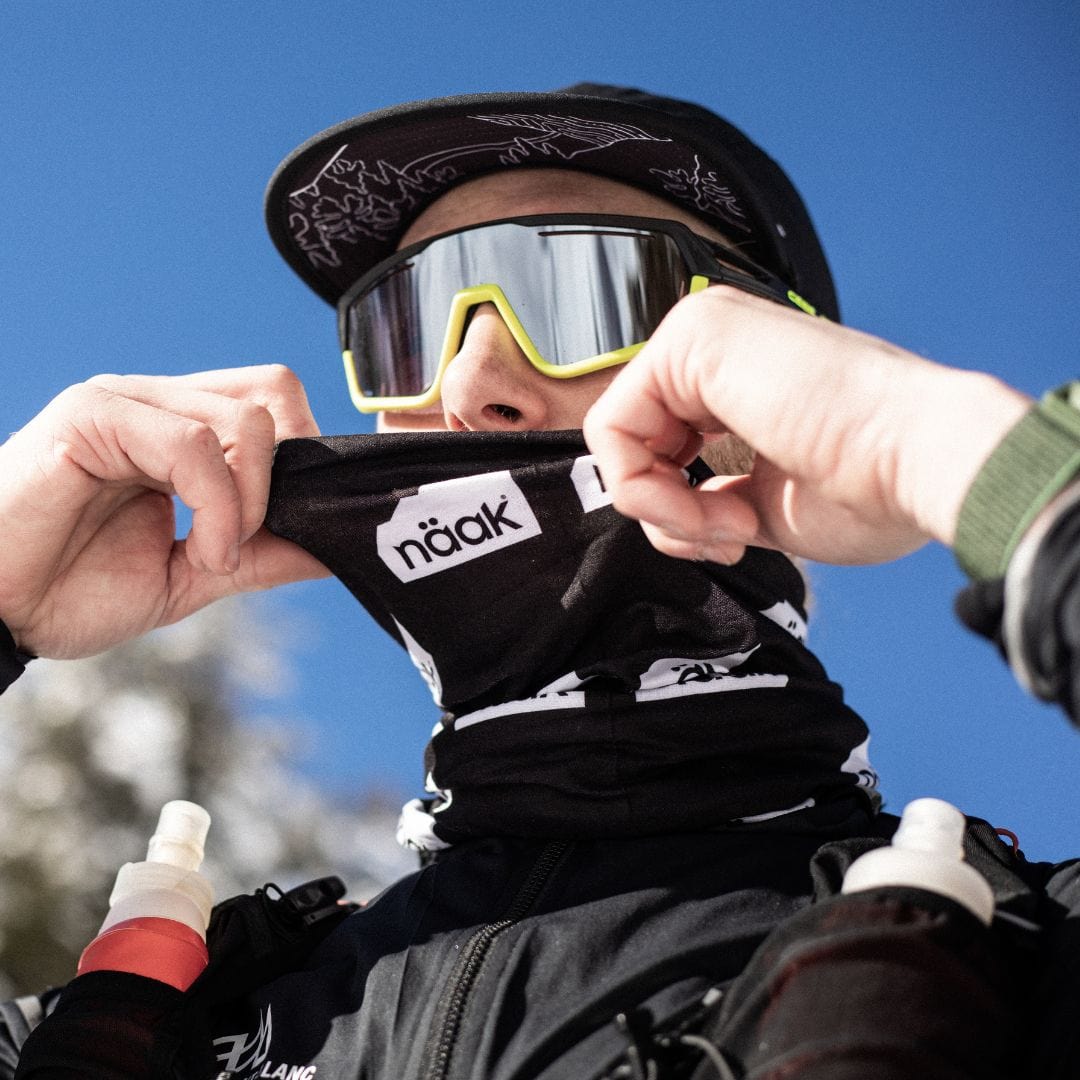
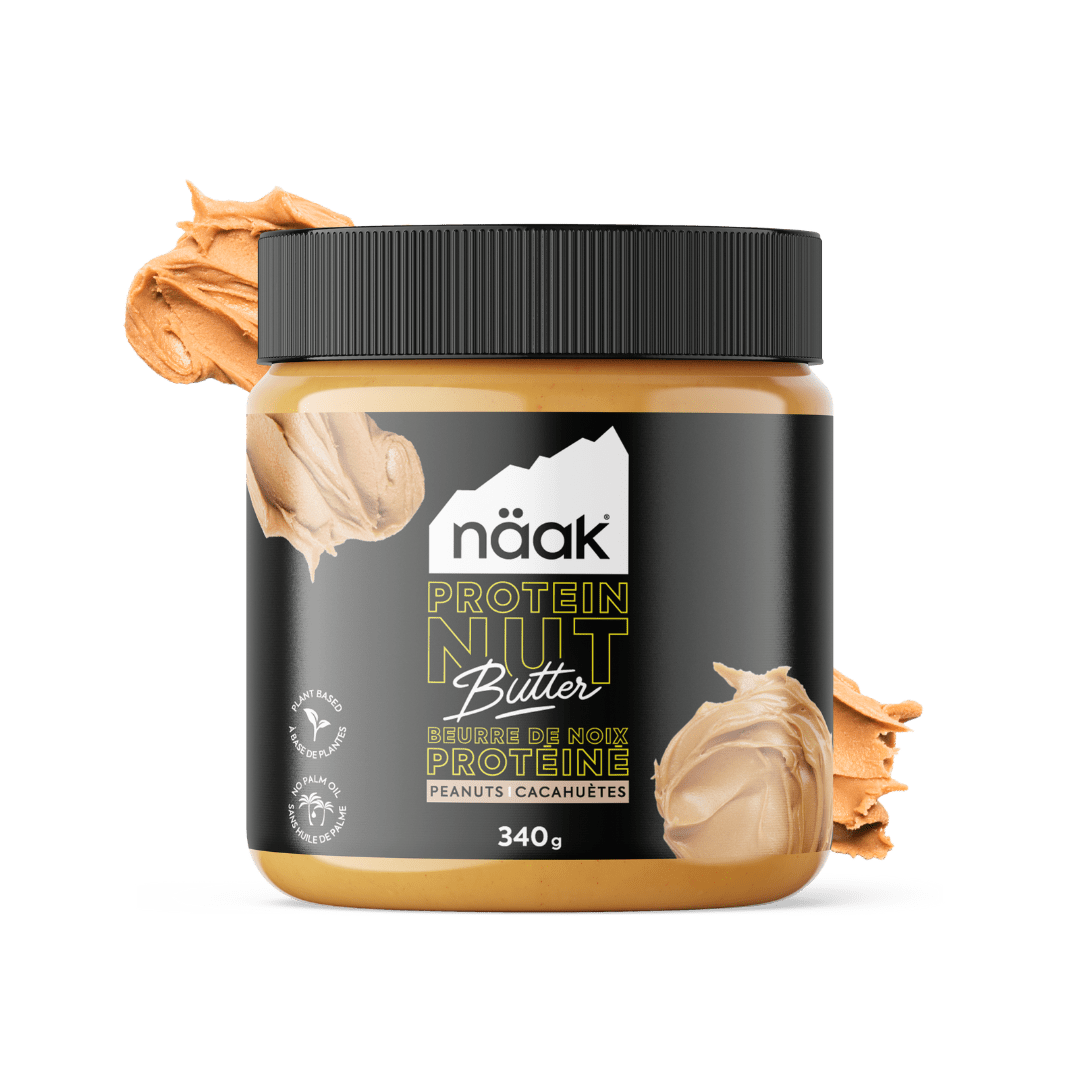
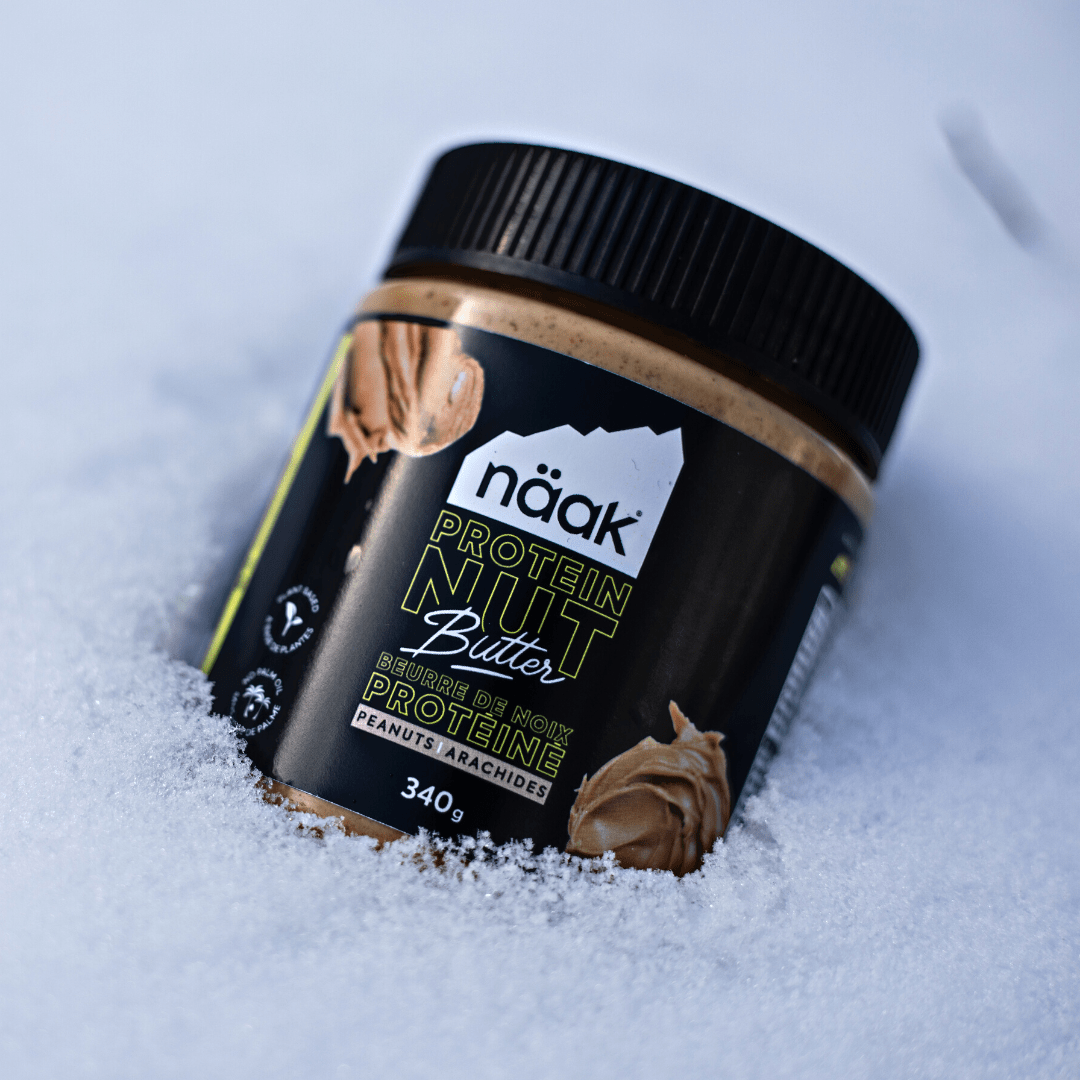
Dejar un comentario